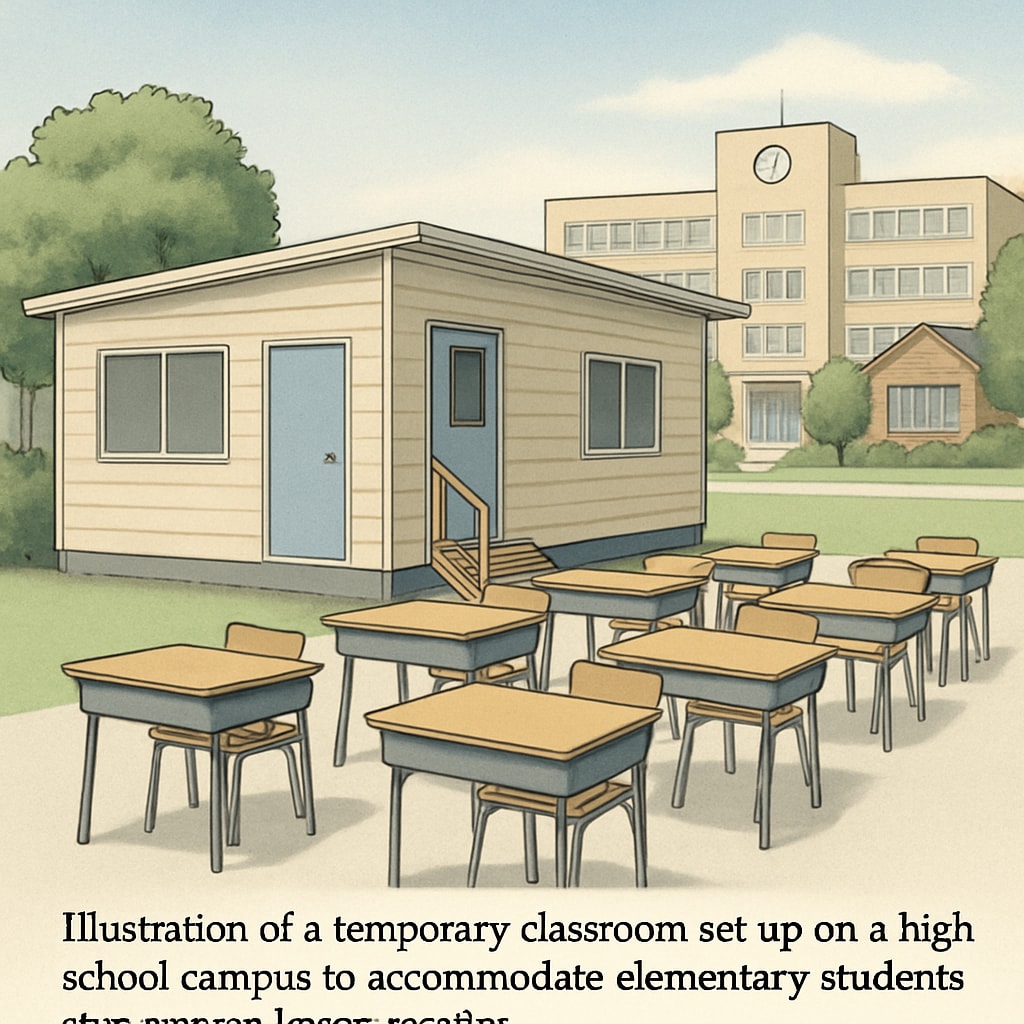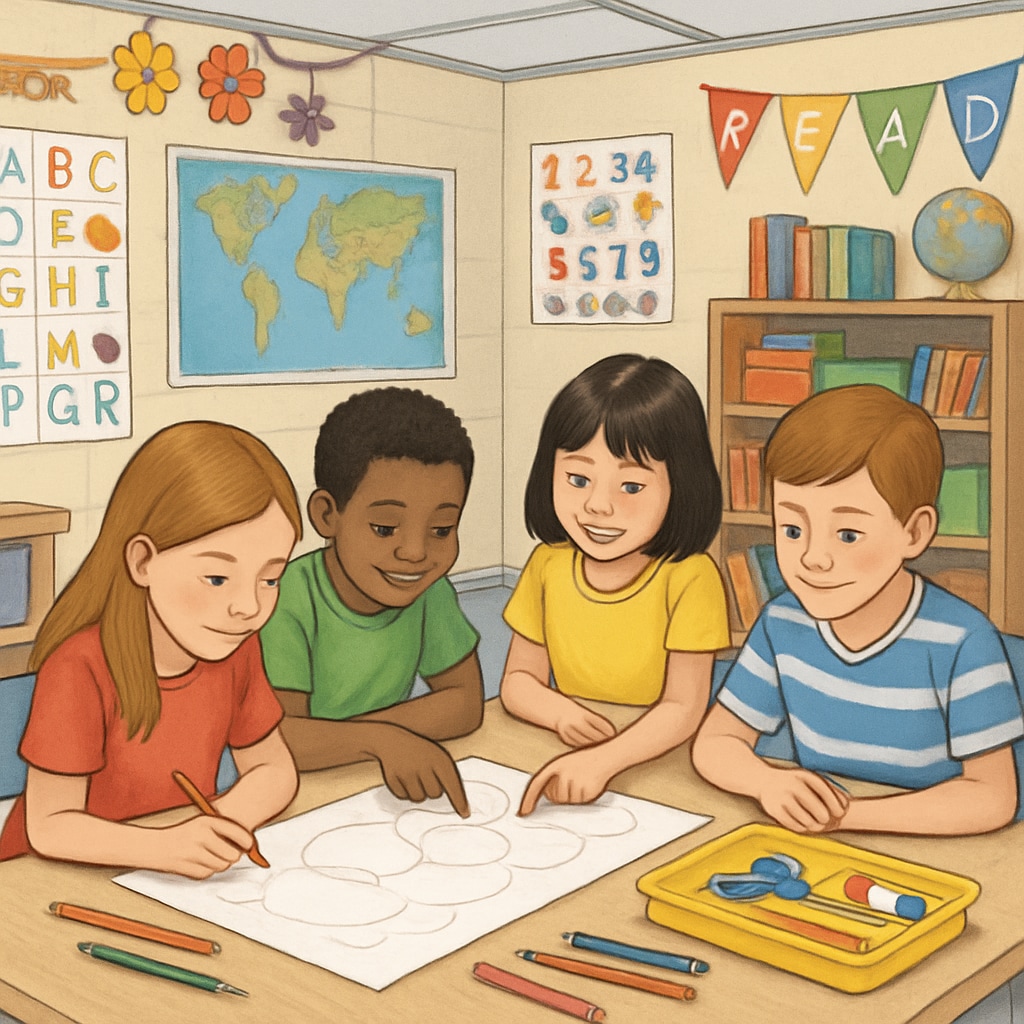When schools undergo relocation, the shift in physical environments can significantly affect students’ experiences. For young children in elementary schools, such changes are particularly impactful, as the school environment plays a critical role in shaping their formative memories. Whether it’s temporary classrooms housed in trailers on a high school campus or other non-traditional learning spaces, these transitions often raise concerns among parents about how school relocation may affect their children’s overall campus experience and cherished elementary school memories.
In this article, we explore how temporary school environments influence students’ academic and emotional development, alongside actionable strategies to ensure children thrive despite these changes. From fostering a sense of belonging to creating memorable experiences, there are various ways to support young learners through these transitions.
The Role of Environment in Shaping Childhood Memories
Children spend a significant portion of their formative years in school, making the physical environment an integral part of their development. Classrooms, playgrounds, and hallways serve as backdrops for friendships, achievements, and personal milestones. Relocating a school—especially if it involves temporary facilities like trailer classrooms—can disrupt this sense of familiarity and security, potentially impacting how children perceive their educational journey.
For example, researchers have found that familiar and stimulating environments contribute positively to students’ emotional well-being and academic performance (Educational Psychology on Britannica). A new, less established space may lack the features that evoke a sense of belonging, which is essential for young learners.

Challenges and Opportunities in Temporary Classrooms
Temporary classrooms, while functional, often present unique challenges. Limited space, less aesthetic appeal, and reduced opportunities for personalization can make these settings feel less inviting. Additionally, being situated in a high school environment may expose younger students to age-inappropriate behaviors or a lack of tailored facilities, such as playgrounds designed for elementary-age children.
However, these temporary setups also offer opportunities. They can teach children adaptability and resilience—skills that are invaluable throughout life. Moreover, educators and parents can work together to create a sense of normalcy and even excitement around the change. For instance, decorating classrooms with student artwork or organizing events that highlight the uniqueness of the temporary setting can help children feel more connected to their new environment.
How to Support Children During School Relocation
To ensure that children thrive in temporary learning spaces, schools and parents can adopt several strategies:
- Maintain routines: Consistent schedules help children adapt more easily to change.
- Encourage open dialogue: Allow children to express their feelings about the move and address their concerns.
- Personalize the space: Involve students in decorating their classroom to foster a sense of ownership and belonging.
- Foster community spirit: Organize group activities that promote collaboration and strengthen peer relationships.
- Highlight positive aspects: Frame the relocation as an adventure and emphasize the benefits of the new setup.
By implementing these measures, schools can help mitigate the potential downsides of relocating to temporary facilities while ensuring that children continue to build positive and lasting memories.

Preserving Elementary School Memories
Ultimately, the essence of elementary school memories lies not just in the physical environment but in the experiences and relationships that children build during this time. While school relocations and the use of temporary classrooms may alter the backdrop, they need not diminish the quality of these experiences. By focusing on fostering a supportive community and creating opportunities for meaningful interactions, educators and parents can ensure that children’s elementary school years remain a cherished part of their lives.
Relocation is undoubtedly a challenge, but with the right approach, it can also be an opportunity to teach children the value of flexibility and optimism. As a result, they may not only retain positive memories of their elementary school years but also carry forward important life lessons about adapting to change.
Readability guidance: This article uses concise paragraphs, avoids jargon, and incorporates lists to summarize key points. Transitions like “however” and “for example” ensure smooth reading, while the focus on solutions offers practical value to readers.


